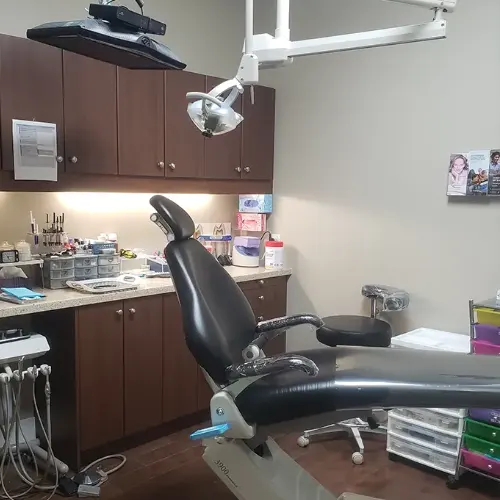Bone Grafting
Free Consult
- Free Initial Consultation ($50* Value)
WHY CHOOSE
Big Smiles?

SKILLED & COMPASSIONATE
DEVOTED TO THE NEEDS OF EACH PATIENT
Graduated at the Top of his Class from University of the Pacific School of Dental Medicine, San Francisco
20+ Years Clinical Experience
Excels in Implant, Restorative, Cosmetic & General Dentistry
- 100s of Root Canals Completed
- 1000s of Implants Placed
MASTERSHIP AND FELLOWSHIP, International College of Oral Implantologists (ICOI)
FELLOWSHIP, International Dental Implant Association (IDIA)
- Awarded for Distinguished IMPLANT EXCELLENCE
FELLOWSHIP, Academy of General Dentistry (FAGD)
- Awarded to Only 6% of Dentists Nationwide
WHAT PEOPLE SAY
Testimonials
Need A Dental Implant but
Not Enough Bone?
Bone Graft
Causes for Jaw Bone Volume Shrinkage
- Periodontal Disease Periodontal disease can affect and permanently damage the jaw bone that supports the teeth. Affected areas progressively worsen until the teeth become unstable.
- Tooth Extraction Studies have shown that patients who have experienced a tooth extraction subsequently lose 40-60% of the bone surrounding the extraction site during the following three years. Loss of bone results in what is called a “bone defect”.
- Injuries and Infections Dental injuries and other physical injuries resulting from a blow to the jaw can cause the bone to recede. Infections can also cause the jaw bone to recede in a similar way.
Sinus bone grafts are also performed to replace bone in the posterior upper jaw.


Sinus Lift (Graft)
Sinus Lift is a surgical method by which we can increase the amount of bone tissue of the upper jaw, above the molars and premolars.
To address this problem the dentist will enter the sinus from where the upper teeth used to be. The sinus membrane is then lifted upward and donor bone is inserted into the floor of the sinus. After healing, the bone becomes part of the patient’s jaw and dental implants can be inserted and stabilized in this new sinus bone.
If enough bone between the upper jaw ridge and the bottom of the sinus is available to stabilize the implant well, sinus augmentations and implant placement can sometimes be performed as a single procedure. If not enough bone is available, the Sinus Augmentation will have to be performed first, then the graft will have to mature for several months, depending upon the type of graft material used. Once the graft has matured, the implants can be placed.
Contact us today to schedule a consultation.
